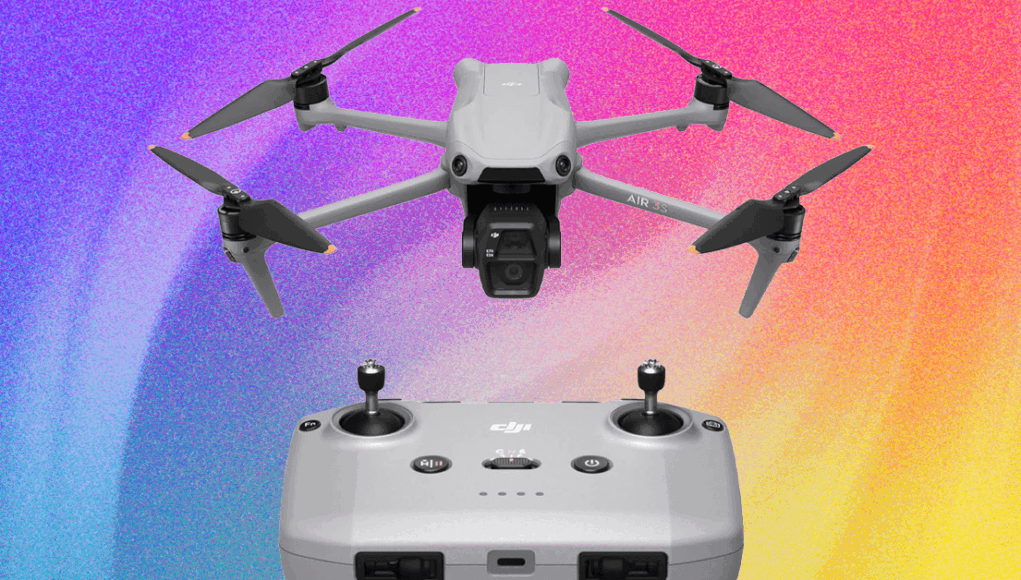By beaming an ultra-low latency live feed from its camera directly into a pair of goggles, a first-person view (FPV) drone puts you right in the cockpit of a small and agile aircraft able to squeak through the smallest of gaps and pull off breath-taking moves like flips, barrel rolls, loops and vertical plunges. These aren’t drones you buy to get pristine photos of wide open vistas so much as to experience (and document) an adrenaline-inducing rollercoaster ride through a tight, obstacle-populated environment.
As such, piloting an FPV drone is a completely different, entirely more challenging kettle of fish than piloting a standard camera drone. Not only do you lose the anti-crash guard rails used by many drones, but you’re flying at greater speed, with less time to react. The DJI Avata 2 (8/10, WIRED Recommends) brings down the skill requirements to a more beginner-friendly level, all while capturing video at 4K/60 fps or 2.7K/120 fps. While it doesn’t have automatic obstacle avoidance, the Avata 2’s motion-sensitive controller and ability to quickly brake and hover in mid-air make it a lot more forgiving than the full manual twin-stick controls used by most FPV drones.
The Avata 2’s goggles are also fantastic, pairing with the drone and delivering a crystal-clear image through its pair of micro OLED screens. They’re even comfortable for those with poor eyesight, like myself, thanks to eyepieces that can be adjusted for inter-pupillary distance and a diopter for correcting vision.
I’d liken flying the Avata 2 to riding a bike with the training wheels on, because there are certain moves you can’t pull off with the motion controller, such as steep dives, where the motors cut out completely and the drone drops like a stone. If you want to perform these riskier stunts, the gamepad-style DJI Remote Controller 3 is available as an optional add-on.






